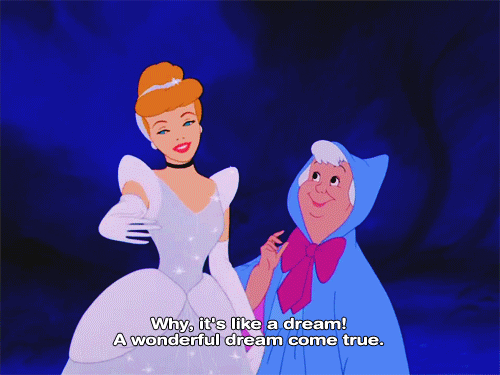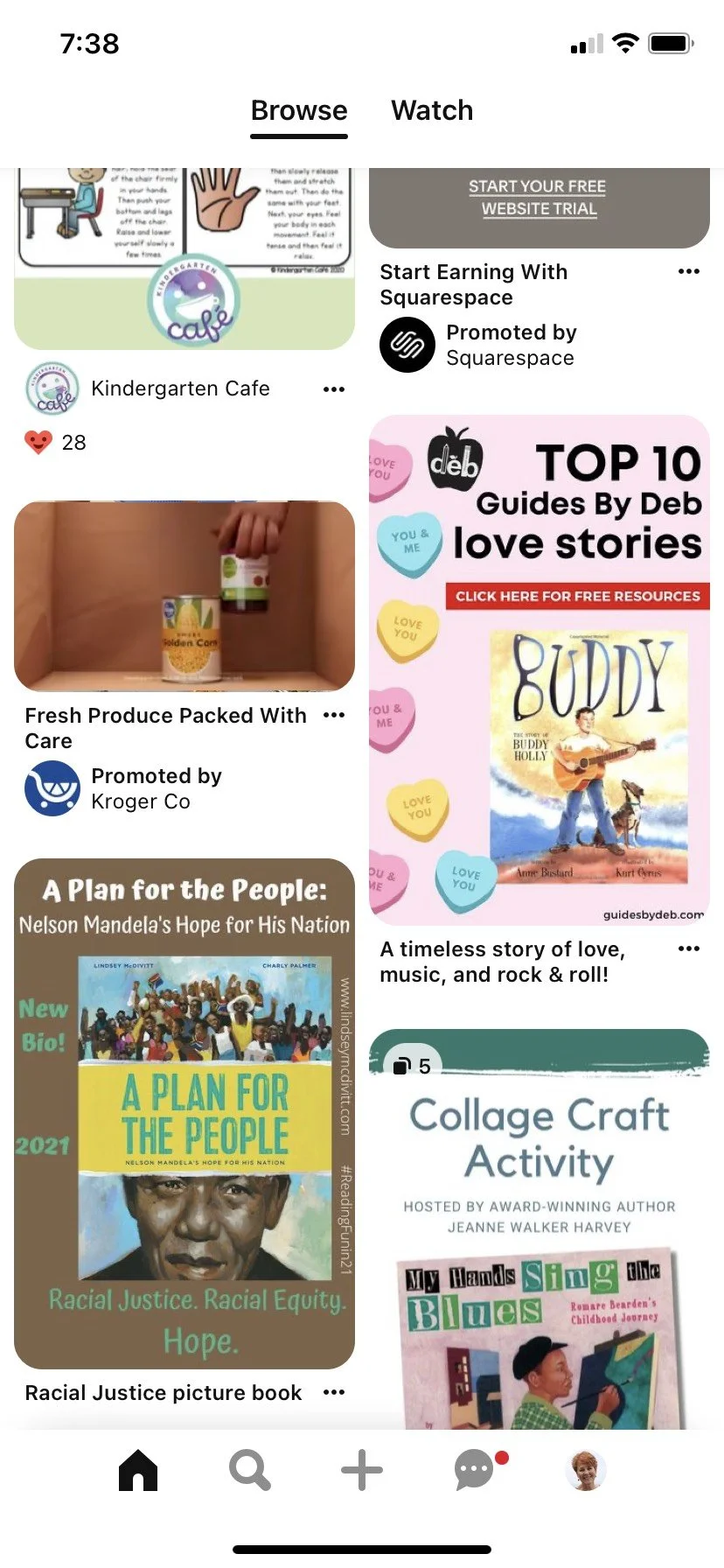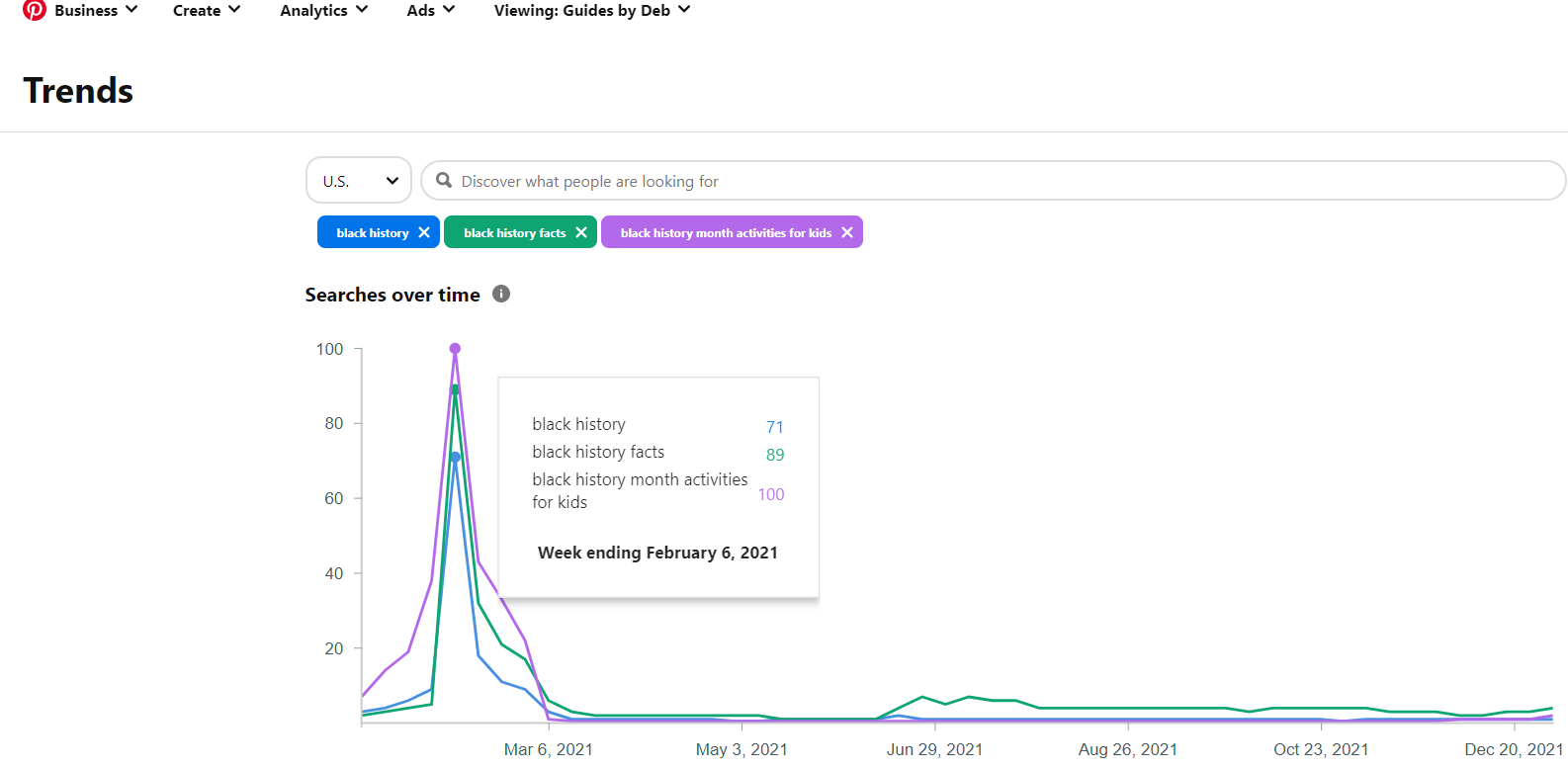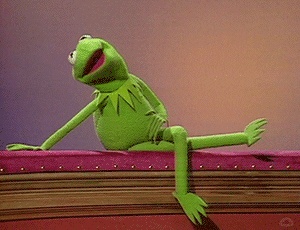Believe it not, I was once a fierce and widely feared (Feared? That be stretching it, a little bit.) goalie for a women’s league team called The Sugar Cubes. Most of our games were played in the East Dallas area. Our greatest rival was a team called The Charlie’s Angels and, oh…did they ever play dirty. I still recall defeating their best player in a shootout. How can I ever forget? My messed-up left knee reminds me of that triumphal moment every day.
My favorite part of the game was punting. I had a knack for keeping that ball in the air. I knew I had done well when Sissy, our most ferocious fullback, would cut me a side glance and say, “Nice hang time.” Oh, yeah.
You’re wondering what this trip down Memory Lane has to do with Pinterest, right? Everything.
I learned something the other day that shocked me. I came across a video featuring my friend and mentor Amber Peterson discussing the benefits of adding Pinterest to one’s marketing strategies. During her presentation, which was filmed in 2020, she compared the visibility longevity of Pinterest pins with social media platforms. Using stats from 2019, she reported:
Facebook posts have a visibility hangtime of 5 hours.
Twitter tweets are seen for 24 minutes.
Instagram posts have a 48-hour viewing window.
Pins are evergreen. They remain searchable as long as the content is viable and one’s platform is live.
Isn’t that amazing? And those numbers are old! Those viewing windows are probably even shorter today. Amber also stated that, next to Google and YouTube, Pinterest is the third largest search engine in the world. And, that Pinterest boards show up in Google searches! Facts such as these fuel my passion for pinning. We need to get our books, programs, and on this powerful platform – Now! (Three exclamation points in seven lines. You get my drift?)
Thanks for reading about my hang-time glory days on the soccer field. Score!!!!
